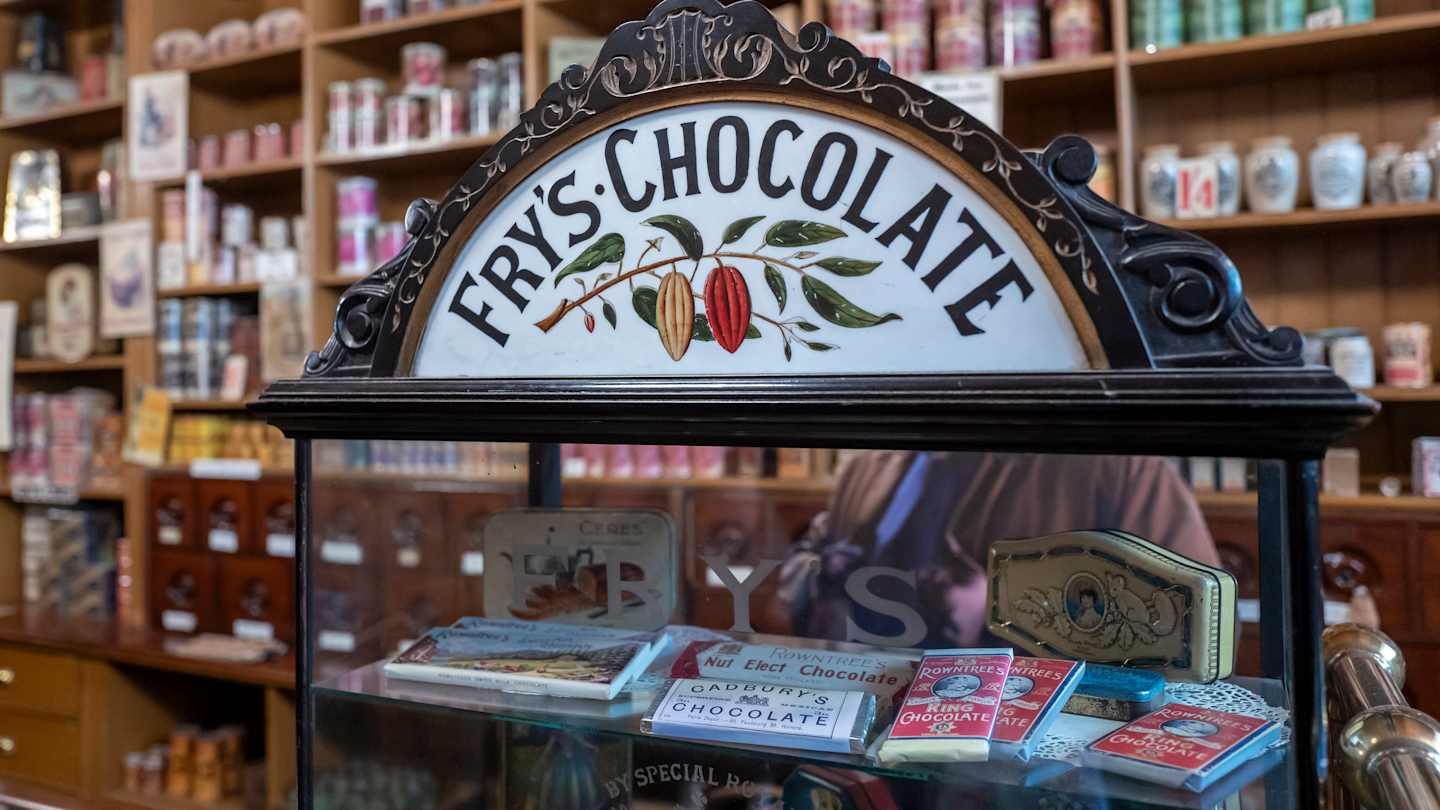Chocolate – it’s hard to find someone who doesn’t love this delicious treat. Chocolate has globally endeared itself to masses, finding a place in candy bars, desserts, drinks, and even savory recipes in some cultures. However, not all chocolates are the same. Today, we will delve into the differences between baking chocolate and regular chocolate, and why it’s essential to use each in specific contexts.
Chocolate exists in myriad forms, all suited for unique uses. Within the wide spectrum of chocolate varieties, baking chocolate and regular chocolate are two categories often misunderstood or used interchangeably. So let’s dissect these chocolate types and understand their unique characteristics.
Baking chocolate, alternatively known as unsweetened chocolate, is the purest form of chocolate we usually encounter in stores. It’s primarily a culinary ingredient, used in various recipes to lend a chocolatey flavor. As the name suggests, the primary application for baking chocolate is cooking and baking, not direct consumption due to its strong, bitter taste.
Regular chocolate, on the contrary, is the popular snack variety, a sweet indulgence enjoyed straight from the wrapper. It frequently finds a place in candies, candy bars, or crafting homemade desserts rather than serious baking.
The most determining factor for the difference between baking and regular chocolate lies in their cocoa content. Baking chocolate boasts a higher cocoa content, made essentially from pure cocoa solids. As a result, this type intensifies the rich, robust, and bitter chocolate flavor. Regular chocolates, particularly milk chocolates, have a lower cocoa content mix, enhancing the sweetness and creaminess of the same.
Sugar, or the lack thereof, also plays a significant role in differentiating these two chocolate types. Baking chocolate is unsweetened or has very low sugar content, which brings its unique bitter taste if eaten directly. This feature is intentional so that pastry chefs can manage the sweetness level in their recipes. Meanwhile, regular chocolates are manufacture-ready, pre-sweetened for immediate consumption.
Texture is another essential aspect where the two types differ. Baking chocolate possesses a smoother, firmer texture that ensures even melting and seamless blending with the other ingredients in the recipe. Regular chocolates are creamier, owing to the added fats and sugar; they are ideal for eating as a bar, but they don’t necessarily deliver the same results in baking.
The list of ingredients can also vary. Baking chocolate usually contains pure cocoa solids, cocoa butter, and an emulsifier like soy lecithin. It lacks additional sugar, milk, or flavorings that deviate its focus from the raw cocoa flavor. Conversely, regular chocolate can contain a blend of cocoa, sugar, milk, and other additives like vanilla or caramel for a more enhanced, diverse flavor profile.
Each type of chocolate has its distinct culinary uses. Baking chocolate is usually used for making pastries, cakes, brownies, cookies where a rich cocoa flavor is desired. Its natural bitterness complements the sweet ingredients, creating a balanced flavor in the final product. On the other hand, regular chocolate is more versatile for snacking, making hot chocolate, or adding sweetness to desserts.
Lastly, the shelf life of these chocolates contrasts due to their ingredient compositions. Baking chocolate has a longer shelf life than regular chocolate, primarily because of the absence of milk solids and extra sugar. Hence, it can stay fresh for a more extended period if stored correctly in a cool, dry place. Regular chocolate, especially milk or white chocolate, could develop a white coating called “bloom,” which is not a health hazard but often a visual deterrent for consumers.
In conclusion, while both baking chocolate and regular chocolate share the same core ingredient – cocoa, their precise applications, textures, and flavors vary greatly. Armed with this knowledge, the next time you find your hand wavering between the shiny snack chocolate aisle and the professional-looking baking chocolates, you’ll know which one to pick for your specific needs.




